Tomás Saraceno makes his debut at the Neapolis Archaeological Park in Syracuse, Sicily.
Spiders, latomies and parallel worlds. There are experiences in close contact with nature and information not due to man; coexisting is the only accessibility to being in the world. To experience walking, to do it in a context sacred to Greek memories, to accomplish it in dialogue with the landscape and in close contact with nature is, since its existence, one of the most primal practices for man. Saraceno experiments with, dialogues with and respects the world of natural elements, from water to air, foreseeing the overcoming of the nefarious eras of the Anthropocene and the Capital-Cene, with the beginning of a new era, based on respect for the atmosphere: the Aerocene, as argued by the author of the eponymous text, Eva Horn.
In the artistic presence of the experimenter Saraceno, there is a sense of an interdisciplinary community working on new expressions of ecological sensitivity, there is the digital innovation (or transition) of reality into augmented dimensions: viewers, devices, and smartphones frame archaeological scenarios in which spiders make an appearance, to the point of reminding us of their atavistic existence in the podium of living species that existed up to a hundred million years ago. A cyclopean spider towers over the amphitheater of Syracuse’s Neapolis Park, one of the largest in the early imperial age, appearing on users’ screens to give them awareness of an impartiality between man and nature, between cosmopolitan citizens and spiders: from arachnophobia to idolatry of these small but centuries-old arachnids, surviving, adapted, cohabitants of the globe.
Time ceases to take on limited historical value, even belittling anthropogenic preexistences: a scene, that of experience, corroborated by readings from the myth of Arachne, precisely, which wants a dispute between the protagonist (Arachne), a skilled weaver, and the goddess Athena, the latter defeated in challenge, but not losing, who punished the mortal maiden, turning her into a giant spider forced to weave with her mouth for the rest of her existence.
But the artist Tomás Saraceno’s is not only arachnophilia, it is also a tribute to Genius, in the city “of water and light,” as the slogan of the candidate Syracuse for Italian Capital of Culture 2024 states: a body of air hovers before the “Tomb of Archimedes,” in remembrance of its principle, called buoyancy force. A pneumatikós, a body of air - precisely - to inhabit space and experience the atmosphere.
Just as myths embodied and shaped interspecies relations in the past, alternative narratives can do the same in the present. The sword has become an insecticide spray, or a smokestack, putting nature habitat before a new test.
Another, but no less important, installation is The States of Water, placed in front of the latomia of Intagliatella, near the “Cave of the Cordari,” which celebrates the perennial regeneration of Nature: a trickle of water among stacked cubes, nests of species, all stacked on the “thread of life.” A necessary theme to subvert the savage system of anthropization to reconnect with Art and be reconnected to the Beauty of coexistence!
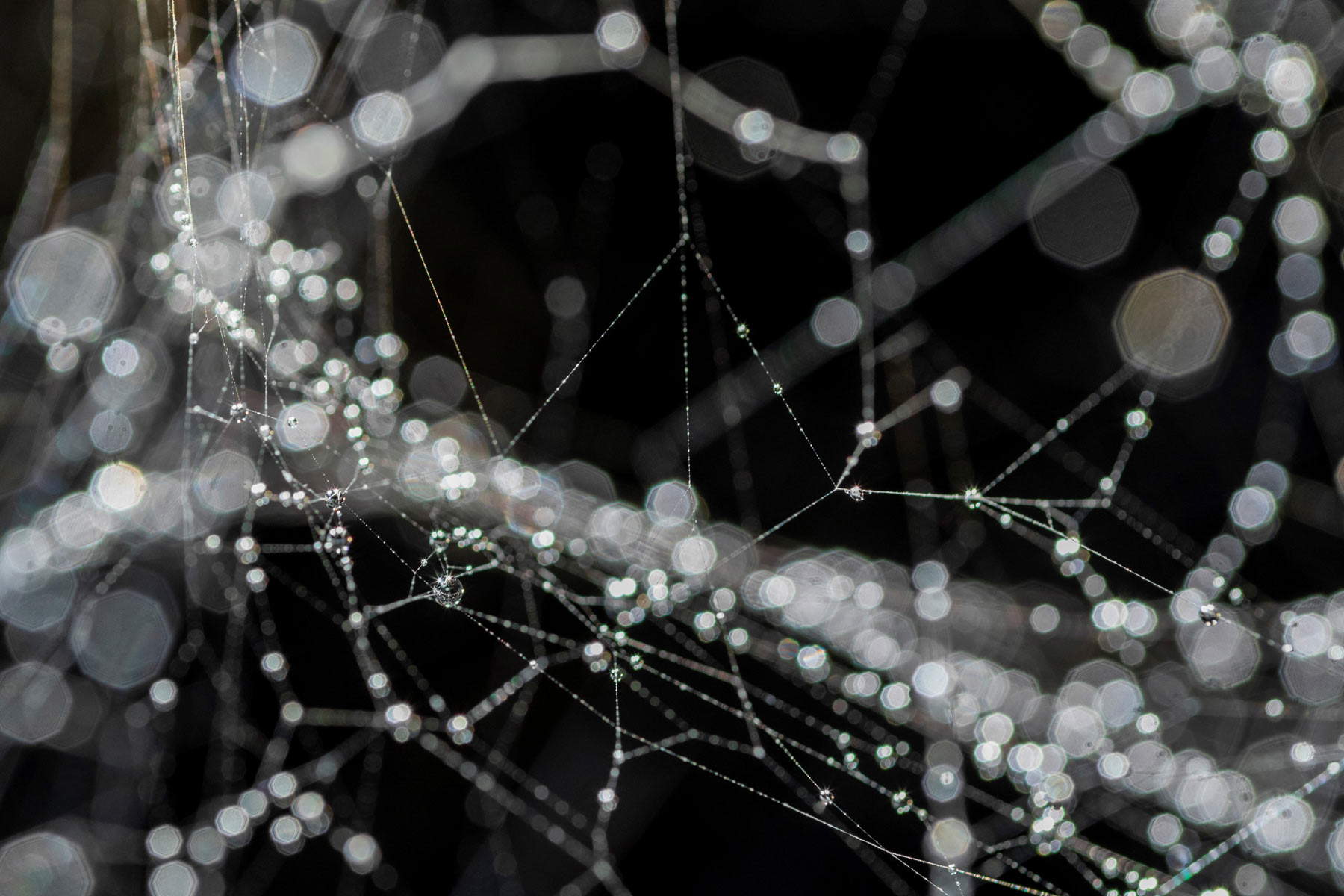
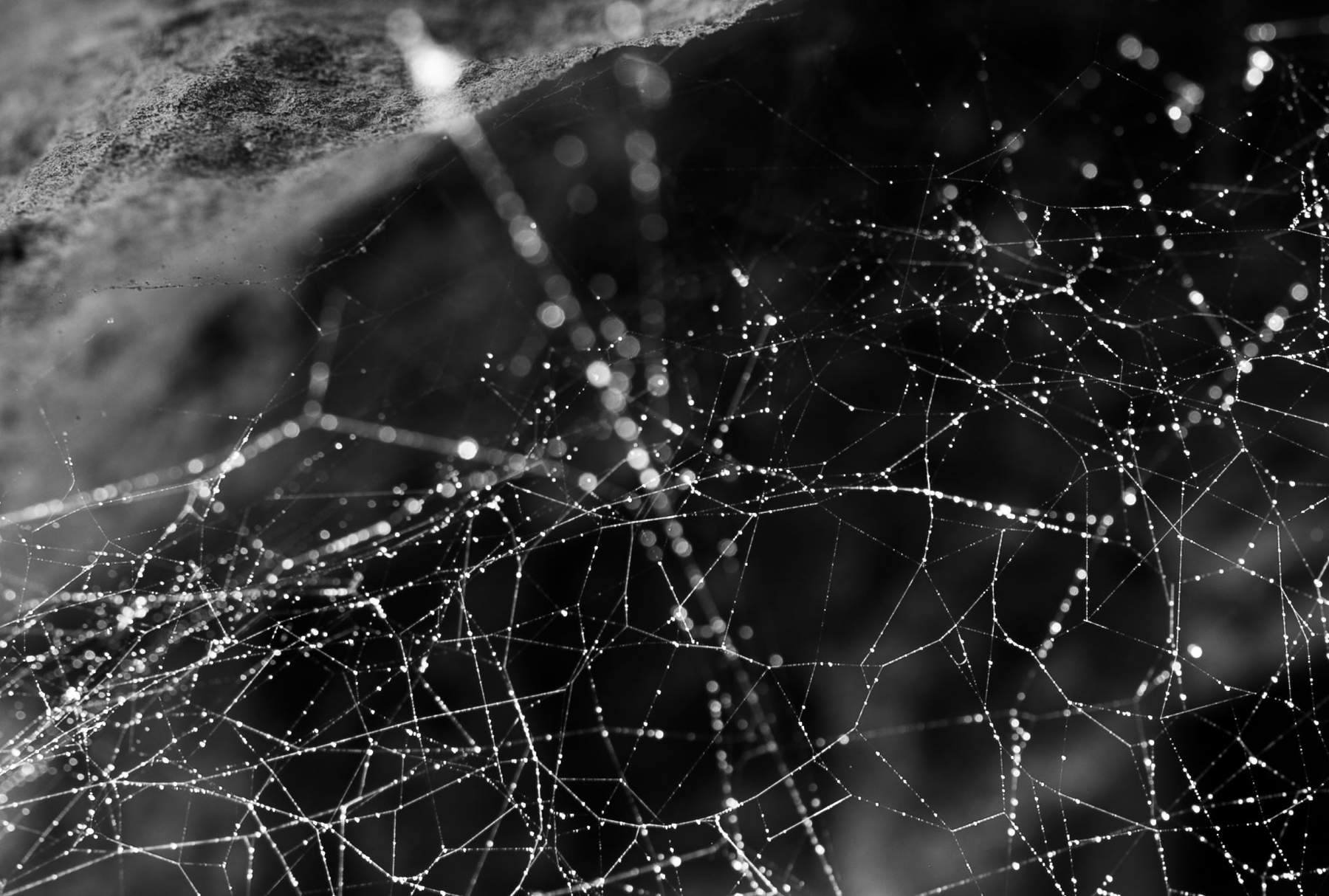
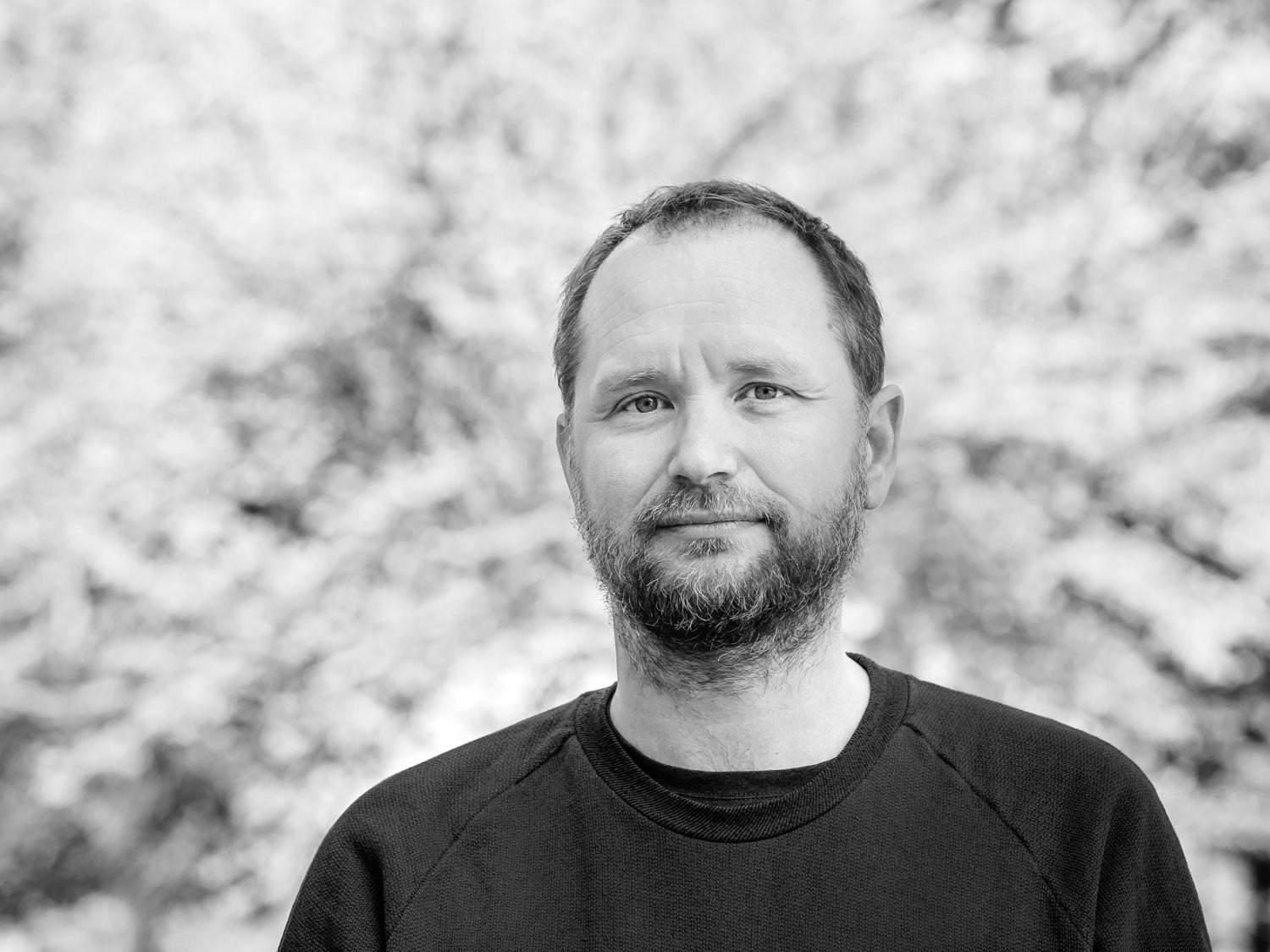
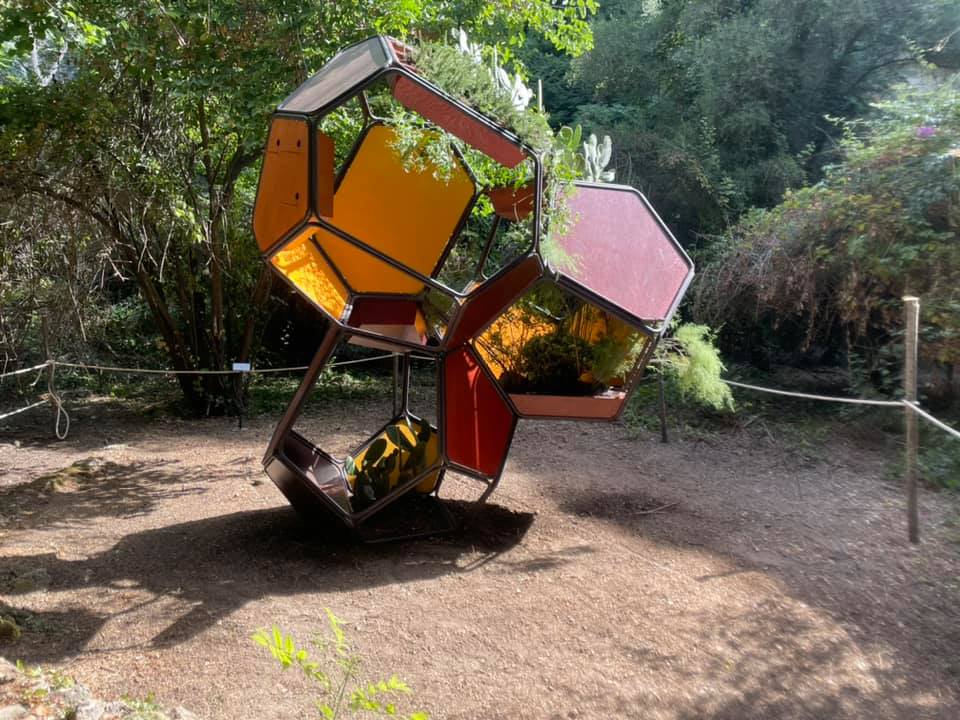



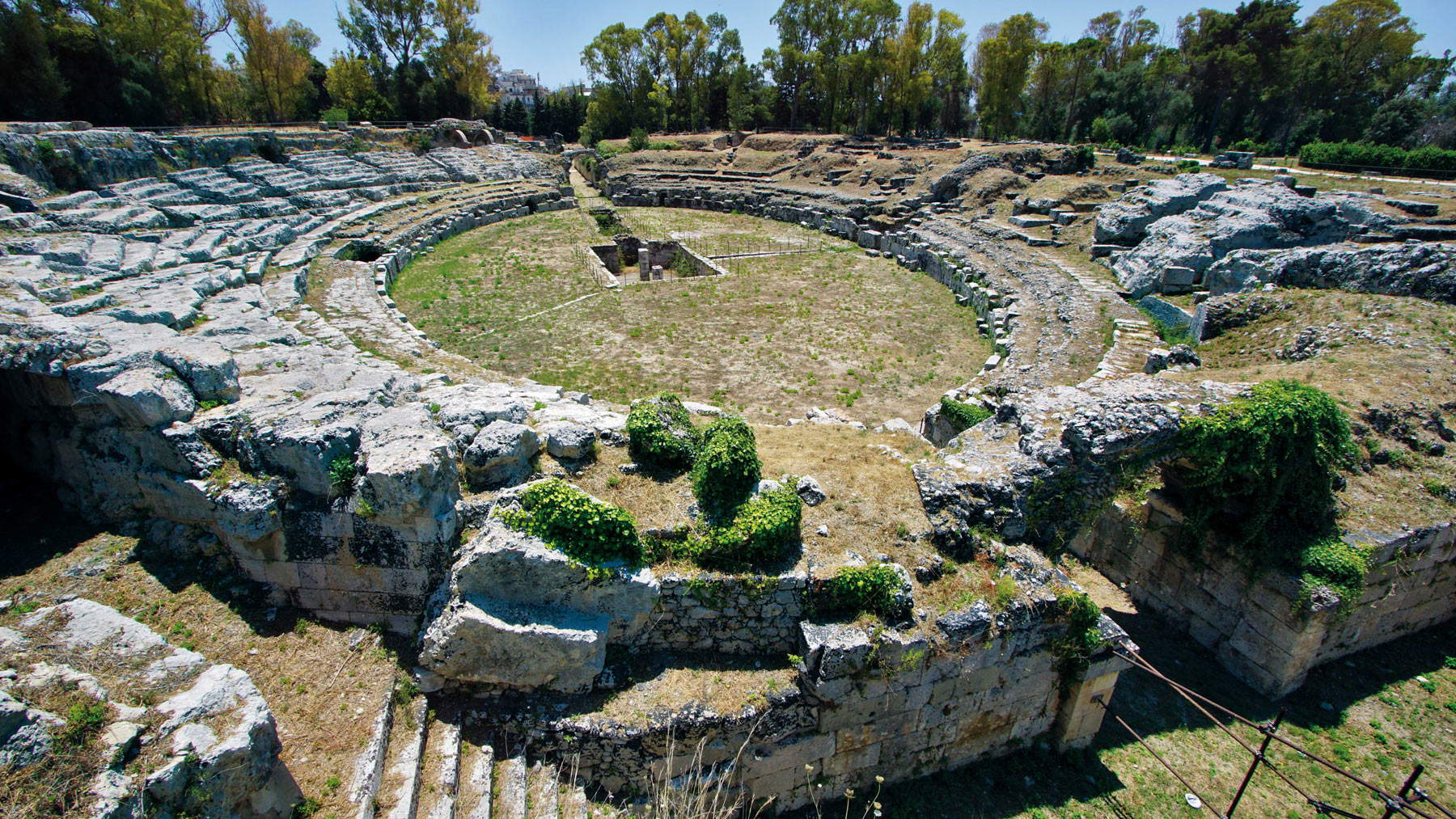
AnarcoAracnoAnacro, a project that Tomás Saraceno, an Argentine artist of Italian descent who lives and works in Berlin, conceived specifically the Monumental Area of the Neapolis in Syracuse, runs from July 29, 2021 to January 30, 2022 at the Neapolis in Syracuse: composed of several chapters, located at numerous points far apart, the exhibition builds its own sensory and semiotic world, evolving like a life form over the months. Archaeology, ecology, arachnomancy, art and social activism dialogue, weaving new visual poetics.
The exhibition, curated by Paolo Falcone, is sponsored by the Sicilian Region Department of Cultural Heritage and Sicilian Identity, the Archaeological and Landscape Park of Syracuse, Eloro, Villa del Tellaro and Akrai. It is produced and organized by Civita Sicilia in collaboration with Studio Tomás Saraceno, INDA Istituto Nazionale del Dramma Antico and Accademia d’Arte del Dramma Antico.
The exhibition is conceived as a narrative device aimed at multiplying the stories told by the archaeological site, and it questions the centrality of human history and in particular that of the West, which finds its founding moment precisely in the classical era. Spider’s web,arachnomancy, the evocation and reinterpretation of myths, as well as the concept of metamorphosis become guiding concepts for rethinking and rediscovering the interweaving of life forms, timelines, and symbiopoietic networks that animate theArea, bringing the audience’s attention to turn to those who have inhabited it for millions of years, such as the approximately sixty species of spiders found within. Arachronicities and anthropochronies, geo-histories and hydro-histories, hybrid mythologies and post-humans tell the urgencies of the present through oracular languages and imperceptible vibrations, asking visitors to pay attention to the webs of life that connect us to our surrounding ecologies and to recognize the responsibility needed to stop the destructive cycle of the Capitalocene.
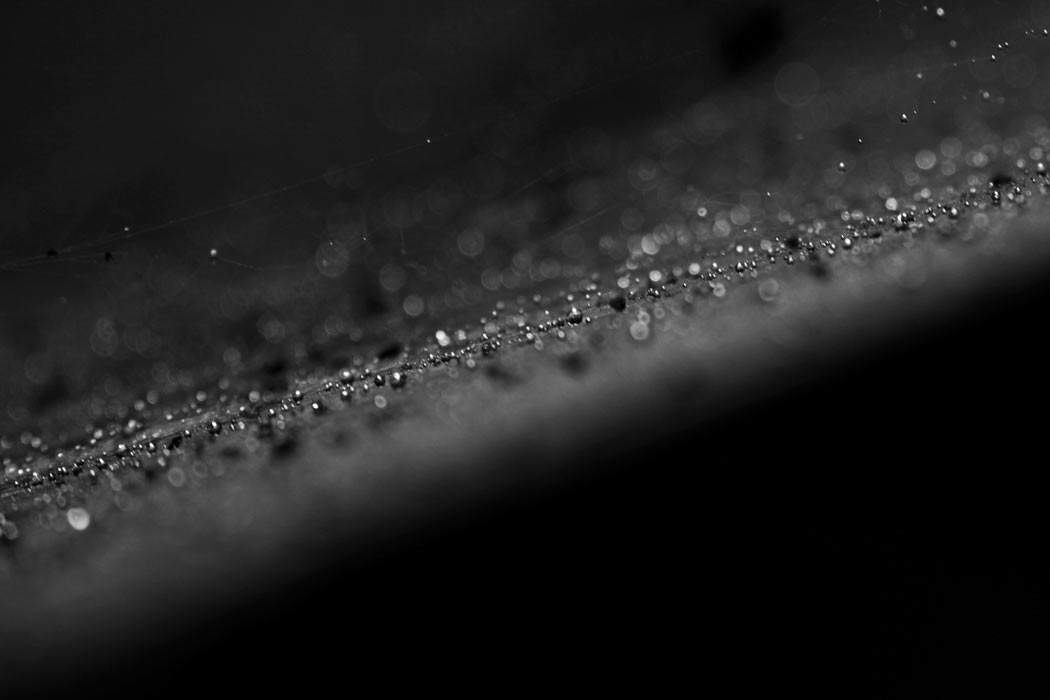

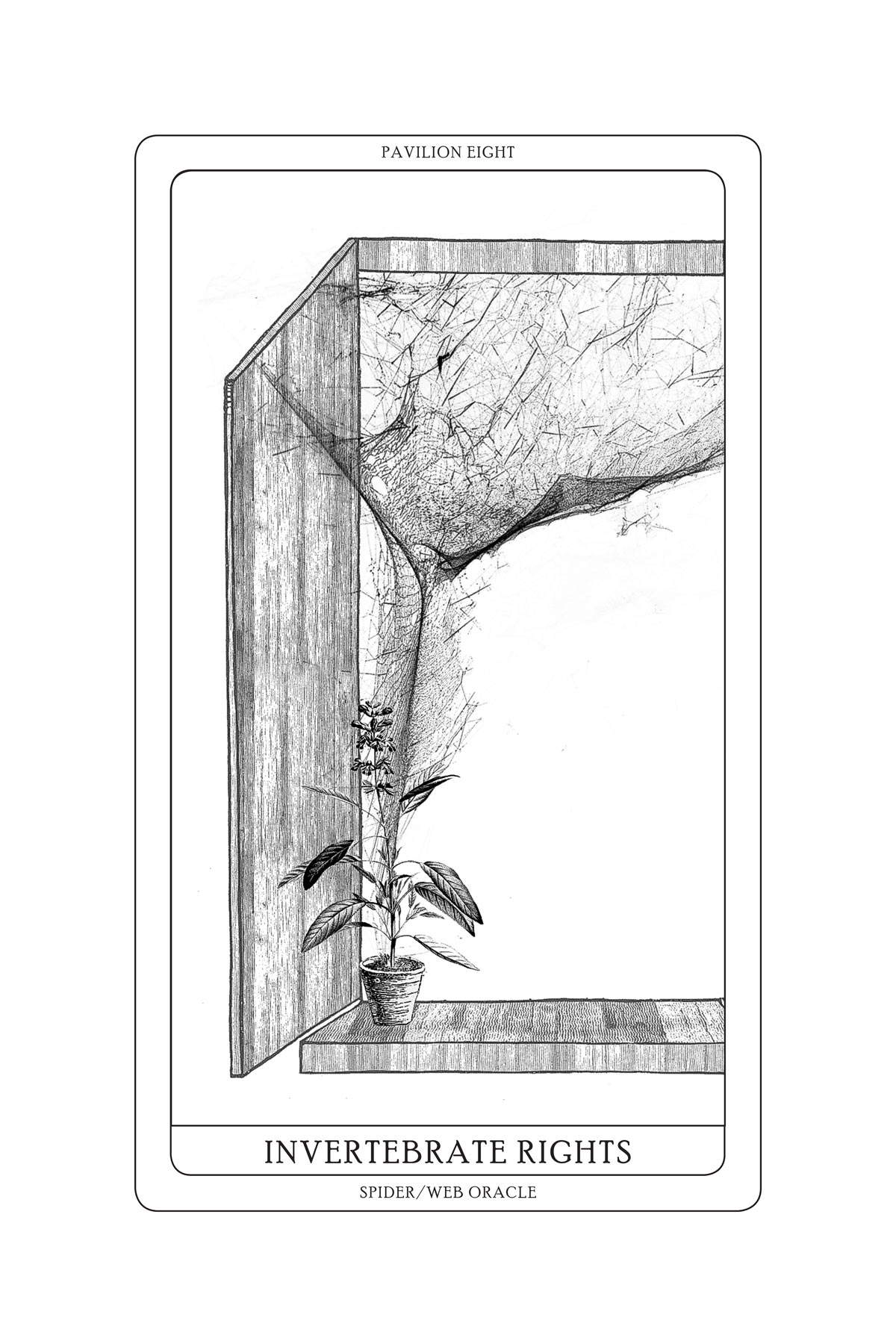
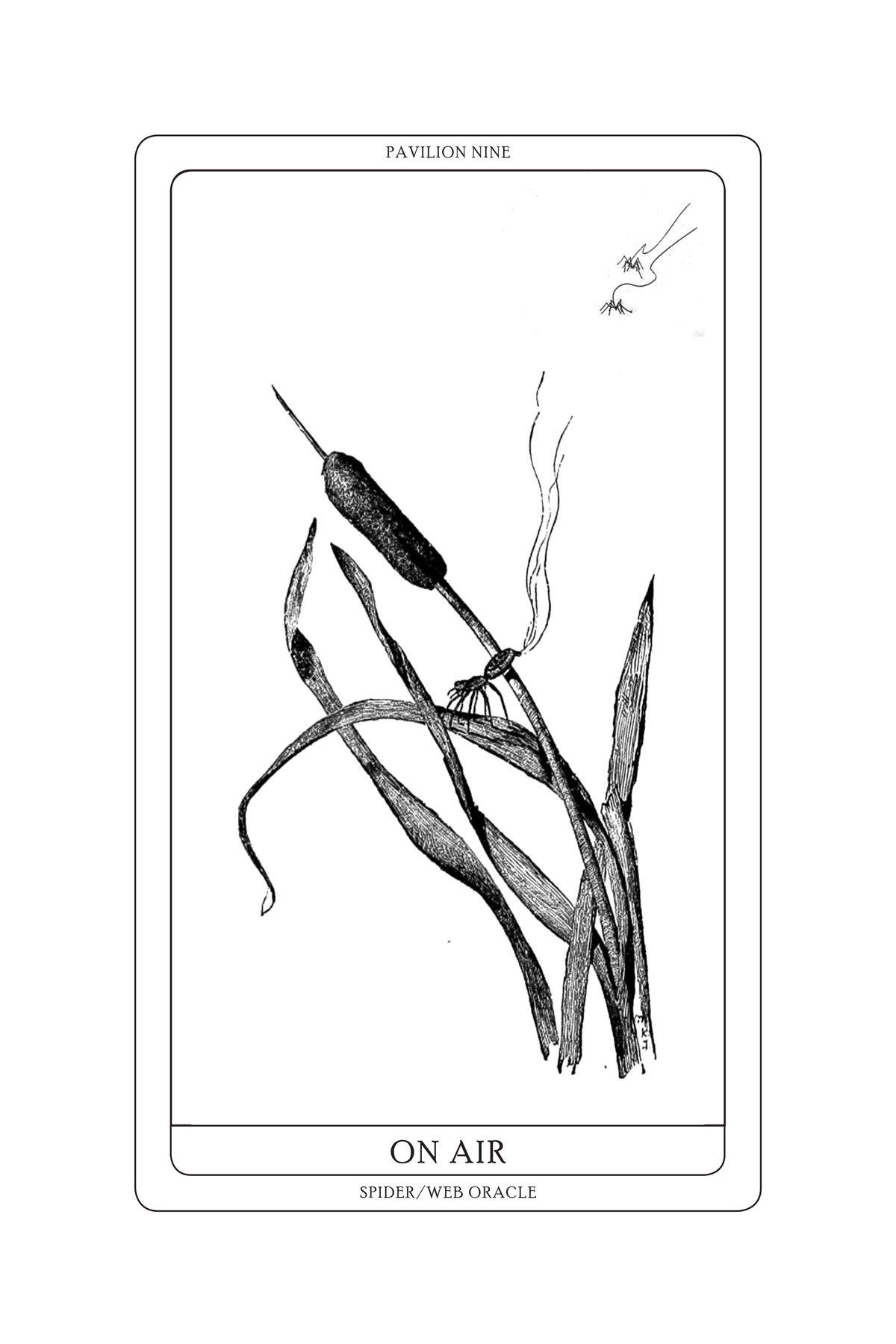

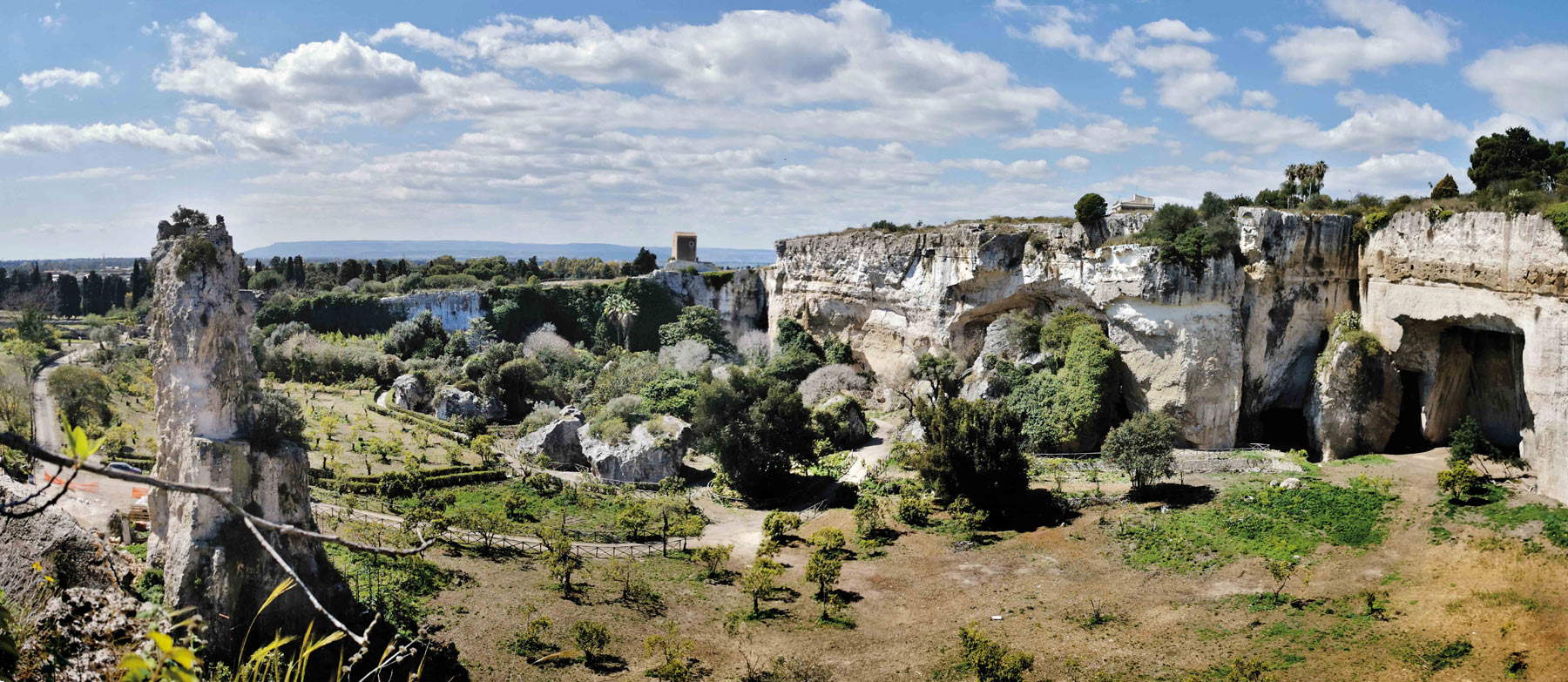
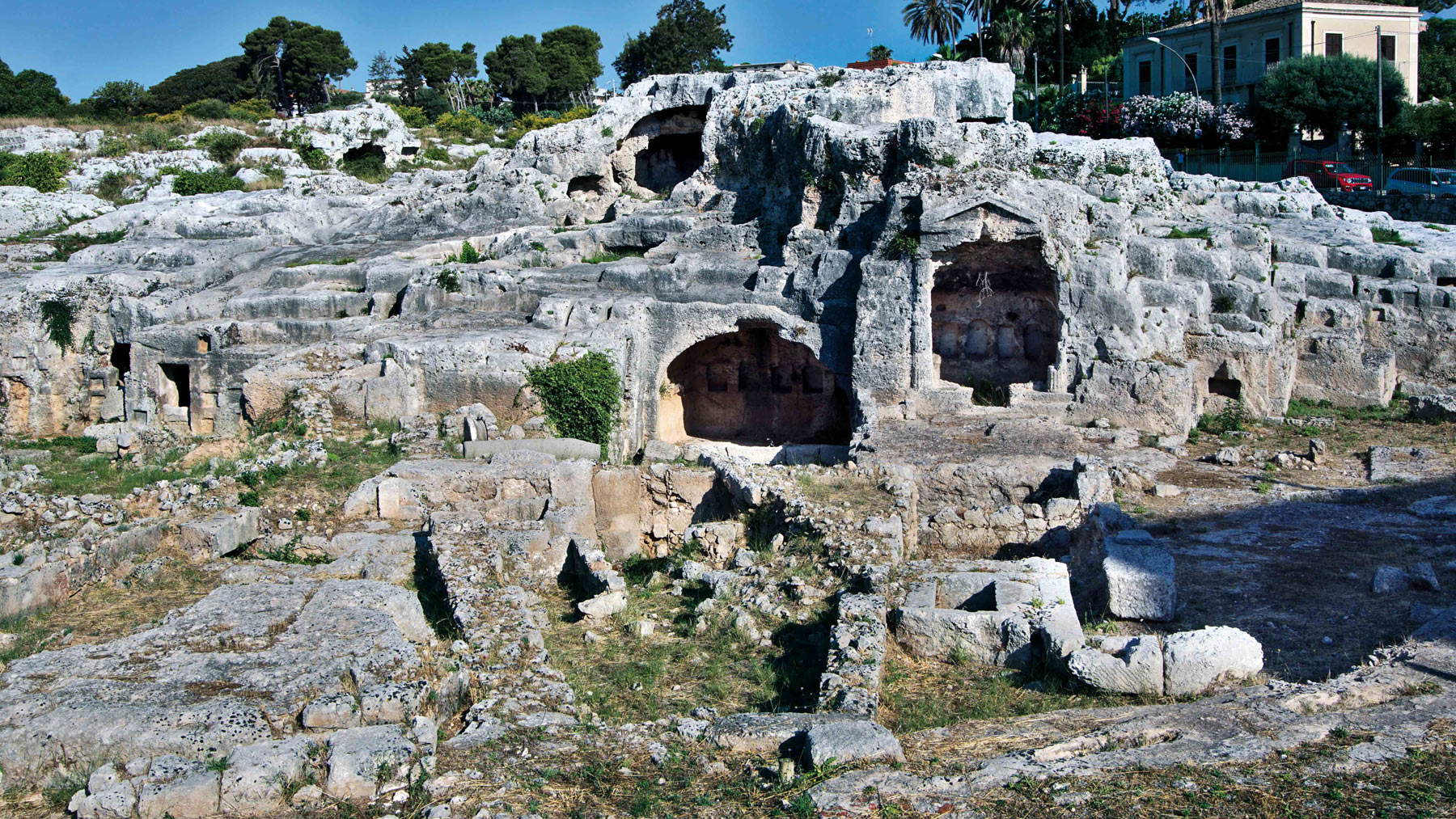

The tour itinerary, divided into five chapters, begins with States of Water, a sculpture that resembles the molecular structure of foam by Weaire Phelan, placed in the latomia of Intagliatella, which was opened to the public for the first time in history precisely on the occasion of the opening of Tomás Saraceno’s exhibition. Plants, shrubs, and brambles of the Mediterranean maquis nestle in the ruins of a remote human time, reappropriating the latomia, meeting the sculpture, and transporting us to a postanthropocene future.Water is one of the elements that sustains life, and it continually undergoes metamorphosis, and its supply, in Sicily as elsewhere, is a problematic matter. Saraceno’s work at the beginning of the journey speaks of metamorphosis. Viola Castellano writes, “like a ruin from a parallel, alternate timeline, a cloud-like habitat becomes a refuge on the road to elsewhere, providing fresh water for travelers and becoming a place where birds, spiders, bees, plants and humans can interact. States of Water provides a shelter for contemplative, interspecific dialogue, where water is once again a common good, and is enjoyed by diverse beings without being trapped in plastic bottles that threaten ecosystem balances. In a world where anthropogenic ’natural’ disasters are rampant and water is often an enemy rather than a friend, we must ask ourselves, as Anna Tsing suggested, what can still live in the ruins we have created. It is time to experiment with new futures, new ways of flow and shelter, reclaiming the deep hydrostories that shape the web of life in which we are entangled.”
It continues with the Tomb of Archimedes and the augmented reality installation Floating at the bottom of ocean of air, which draws aeroglyphs, a work thus drawn directly ... on the atmosphere. And a work that pays homage to Archimedes and Evangelisa Torricelli: the former intuited the principle of the buoyancy of the body in a fluid, the latter stated that “we live at the bottom of an ocean of air.” Each Aeroglyph builds momentum for the reinvention of our environmental imaginaries, reminding us that air belongs to everyone and should not depend on any kind of sovereignty. Then here is From Aracnophobia to Aracnophilia, an experiment in biodiversity and technodiversity (a term coined by writer and philosopher Yuk Hui) toward a true Augmented Reality. The protagonist is Maratus speciosus, “the giant peacock spider,” explains Viola Castellano, “who dances in the ruins of the amphitheater in Syracuse,” and is “an ancestral spirit that metamorphoses from the remains of fairs, a trickster who condemns past and present violence, both in the arenas of amphitheaters and in the use of pesticides and agrochemicals that are exterminating invertebrates, defying the deep-seated fears of humans. Subvert the digital to reconnect with the physical and be involved in extended sensitivities of coexistence!”
The exhibition continues with the mobile and dispersed installation Arachnomancy, a mapping of different spider species that referencesarachnomancy, the divinatory practice of the Mambila people of Cameroon. Guided by the suggestions of thearachnophilia community (arachnophilia.net) and the Arachnomancy Charts, visitors are led by the installation on a tour of the area presenting them with the scientific knowledge and divinatory narratives of the spiders/spiders, who have inhabited the Area since before man (in fact, about sixty species of spiders have been counted in the Neapolis area). Arachnomancy charts are, Viola Castellano explains, “an invitation to tune into our simpoietic futures, celebrating the radical interconnectedness of all things, both living and nonliving. The webs are the mouths through which the spider eats and the oracle speaks. The oracle is a messenger between perceptual worlds, transcending the mutual blindness between life forms [...]. This arachnomantic guide follows organic architectures and their inhabitants, who have been weaving webs of interspecies relationships for millions of years. Arachnomancy hints at the possibility of other mythographies, in which instead of Arachne and her ability to weave the world through her web, it is Athena, the embodiment of the arrogance of rationality, who is punished for her envy. Interactive signs around the park will guide visitors to notice local spider species, oracles that tell stories of symbiosis and extinction, of ruins and new beginnings, of hidden paths and cosmic scores. Visitors are invited to scan the QR code to learn more from and about these arachnoracles and the worlds and words they unlock on the Arachnophilia website.” Arachnophilia is an interdisciplinary, research-driven initiative that emerged from more than a decade of Saracen’s collaboration with humans, spiders and their webs: through this community, Arachnophilia refines concepts and ideas related to spiders and webs across different forms of knowledge and multiple artistic, scientific, and theoretical disciplines, including divination, vibrational communication, biomateriomics, architecture and engineering, animal ethology, nonhuman philosophy, anthropology, biodiversity/conservation, sound studies, and music.
The last chapter, connecting the whole project, is the performative path created in collaboration with the Accademia d’Arte del Dramma Antico, INDA’s School of Excellence for Young Actors, which assembles imaginative improvisations, sound stories of metamorphosis and post-humanist proposals. A nomadic narrative from which non-hierarchical and non-linear dimensions of time emerge, deconstructing phobias and extractive logics, and serving as an invitation to weave interspecific relationships.
Warning: the translation into English of the original Italian article was created using automatic tools. We undertake to review all articles, but we do not guarantee the total absence of inaccuracies in the translation due to the program. You can find the original by clicking on the ITA button. If you find any mistake,please contact us.